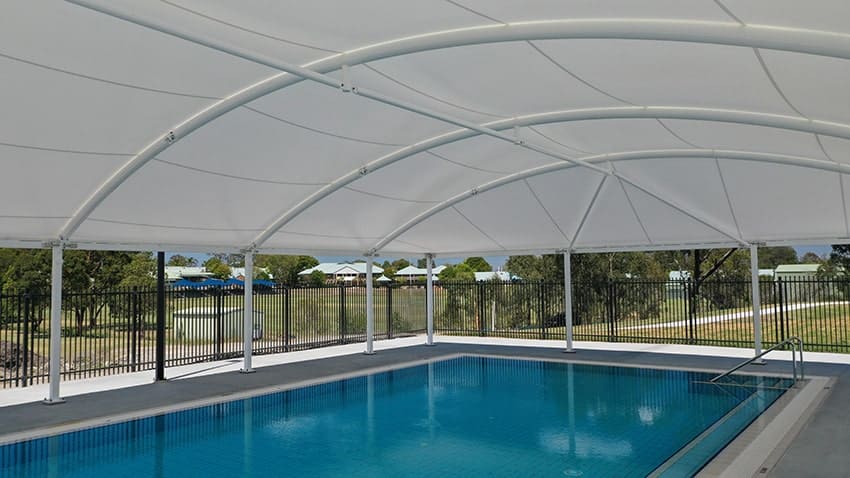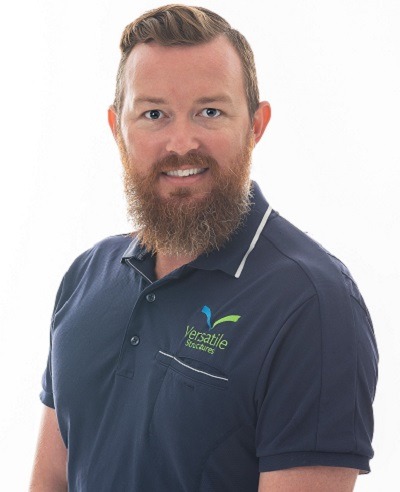YOU ARE HERE:

Shade structure know-how
Jamie Howard In Shade Structure
Every industry has its inside story and here is ours.
The domestic and commercial shade sails industry is unregulated, with no formal qualifications or official industry training required. Training and standards come down to the individual shade structure businesses and their internal systems.
Inexperienced operators don’t know what they don’t know and with many simply having a go, it means they could learn on your job and at your expense. Not to mention how severe the consequences can be if loads are calculated incorrectly and causing the structure to collapse.
Australian weather conditions are very tough on fabric. Material quality differs hugely across suppliers and not all fabric can handle the searing heat and high wind loads in areas like Brisbane and along the East Coast of Australia. A quote using a cheap fabric cannot be compared to one with high spec European or Australian made fabric and fittings, so make sure you are comparing apples with apples. In our experience cheaper fabrics work out far more expensive in the long run and your smartest investment is to only use materials that are proven in our extreme conditions.
Fabric structures are complex to build and it takes years of observation and trial and error to master fundamentals such as live loading, fabric knowledge, wind uplift and down forces, and material limitations. Tolerance levels are small, and there are many ways to get it wrong. Flat spots or big wrinkles that appear once the sail is pulled tight are indicative of the three-dimensional curves in a sail not being designed, cut, joined, and fabricated accurately. Inferior design can also create excessive vibration causing fatigue and early failure in a structure.
Also, the final sail shape and the positioning of the poles are important to ensure adequate coverage throughout the day and seasons, as a sail that is built with the incorrect shape and orientation will fail to cast shade or provide sufficient rain cover in the correct place.
Experienced shade structures suppliers have an excellent understanding of design for all types of shade structures from insulated polycarbonate roof panels and external awnings and blinds, to carpark shade structures and custom shade sails.
When choosing value over price, what may seem as more expensive upfront will deliver a far better return on investment in the long run.
Share:
Jamie Howard - Director
Co-founder and Director Jamie has been hands-on in the shade and steel industry since leaving school. With over 15 years’ experience in shade, membrane and steel projects, Jamie is excited about the design opportunities shade structures offer in the commercial and industrial sectors. Jamie’s extensive design skills give him a competitive edge in situations with technical design complexity. He has won two personal industry awards for his designs, alongside many company-won awards.

